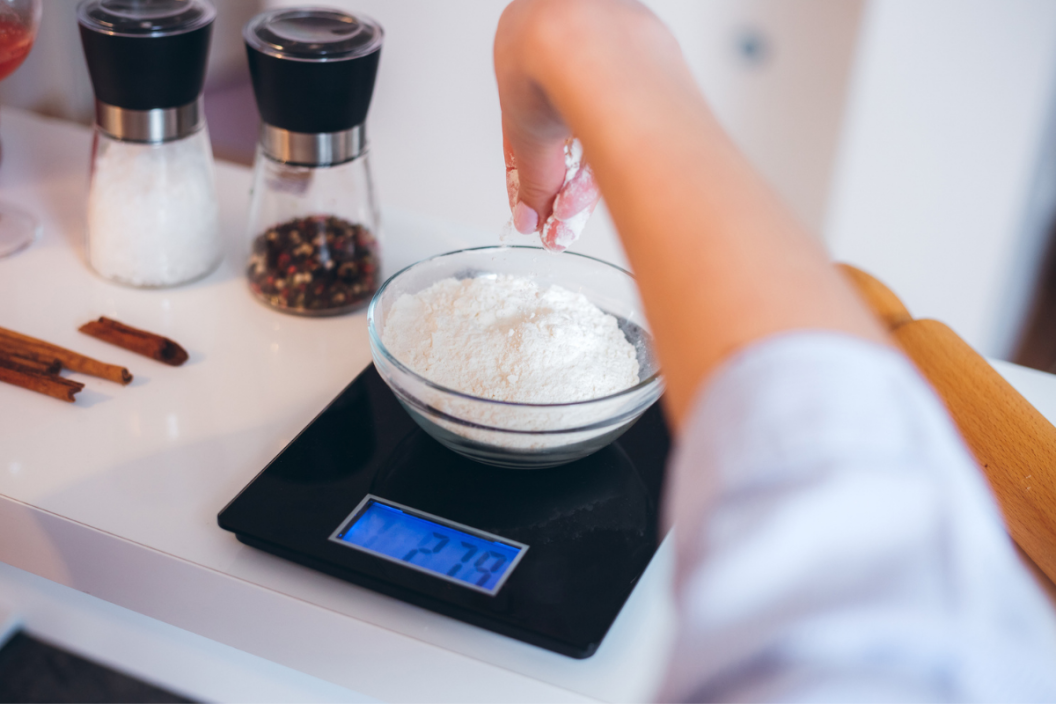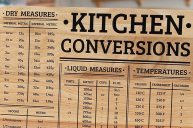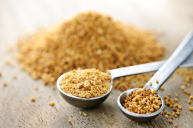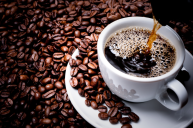When standing over a cookbook or scrolling through a food blog, I often find myself googling for a conversion table or struggling to add disparate fractions. While most of the world relies on the metric system, which makes unit conversions a simple task by relying on multiples of ten and decimals, the United States continues to be mired in the convoluted imperial system, which can appear maddingly unstandardized to the casual observer.
But often, simple conversions are easier than we think if we take the time to understand the logic behind our own measurement systems.
A Little History on Why Americans Measure Differently
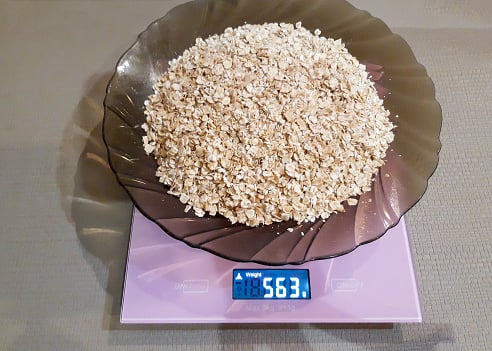
Getty Images
The basis for America's current standards of measurement is based upon the British Imperial System, which evolved from thousands of local Celtic, Roman, and Anglo-Saxon units used in Europe during the Middle Ages. Although royal standards for a unit of mass were employed as early as the fourteenth century, these systems continued to grow and evolve as trade expanded. (For example, the rod was defined around this time as the length of the left feet of 16 men lined up heel-to-toe as they emerged from the church.)
In the 17th century, the myriad measurements utilized for trade purposes were reduced to just two: the troy pound (primarily used to weigh precious metals) and the avoirdupois pound. The measure of avoirdupois weight is the system that home cooks continue to use today.
How to Convert Between Ounces and Pounds
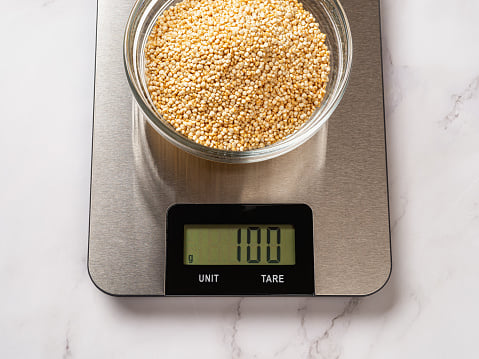
Getty Images
Okay, so, now how do you make this knowledge useful in the kitchen to navigate between ounces and pounds? Follow these simple steps.
- Remember that an ounce can be a unit of weight or a volumetric measurement. Many people commonly believe that an ounce is explicitly a unit of weight, but often, the word "ounce" is actually referring to a "fluid ounce." As long as we're talking about a mass unit, you can safely proceed. (If you're unable to tell from the recipe which is being called for, I would recommend checking any author introductions, which can be helpful for these kinds of questions.)
- Utilize the rule of four. This is not a standard rule, but one I keep for myself: When in doubt, imperial measurements (at least when it comes to cooking) are typically based on multiples of 4. As such, there are 16 ounces in 1 pound. (Similarly, there are 8 fluid ounces in a cup and 16 fluid ounces in a pint. And there are 16 cups in a gallon!)
- When in doubt, buy a scale. These numbers can be a lot of keep in your head, and unless you're cooking for a living, memorizing them might not be worth it to you. Either way, I recommend purchasing a cooking scale to measure all of your ingredients, especially when baking. A scale will make your cooking more accurate and requires significantly less kitchen math.
